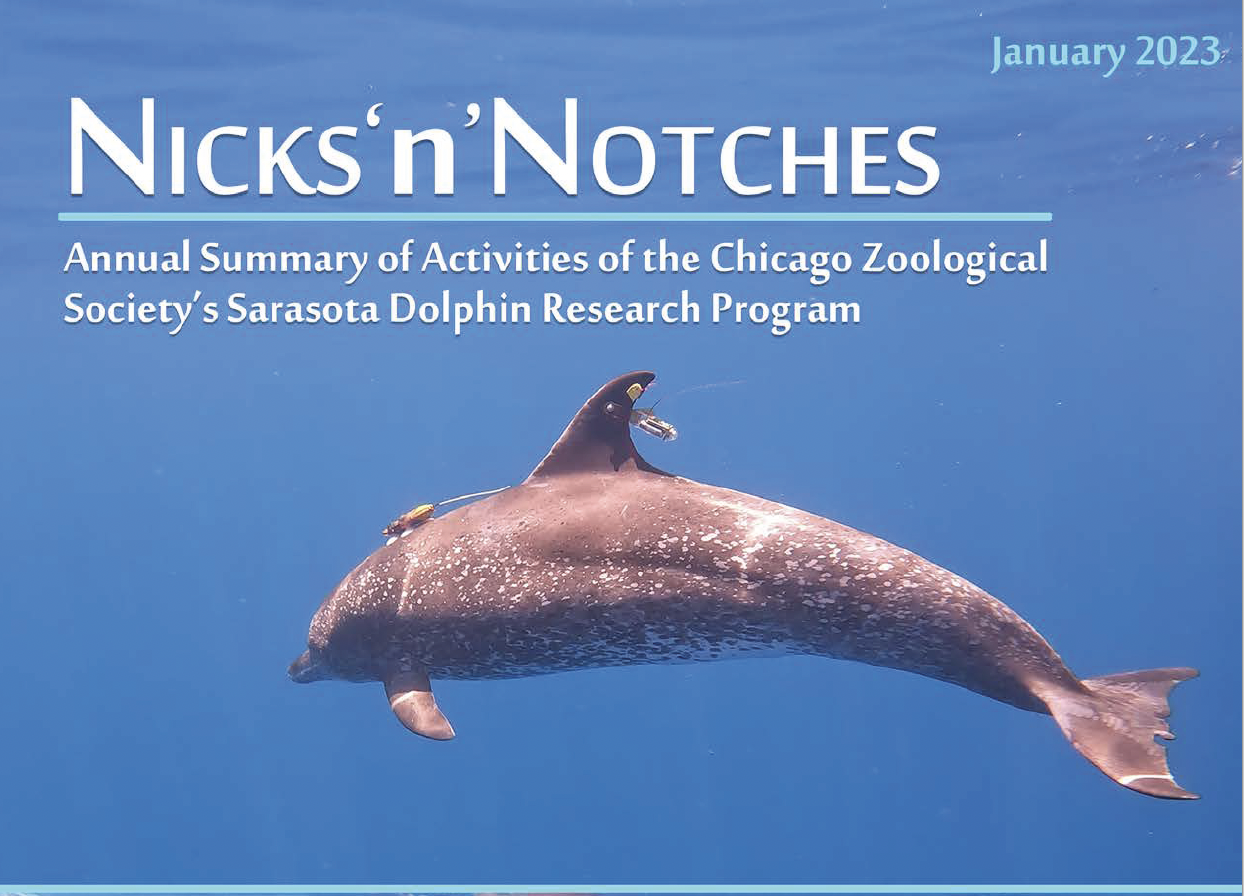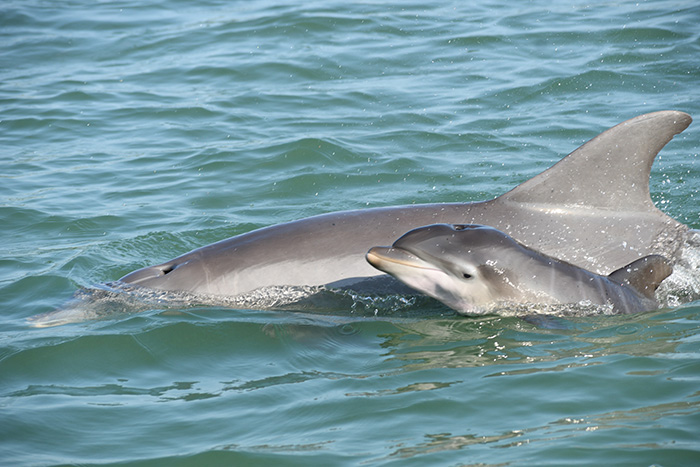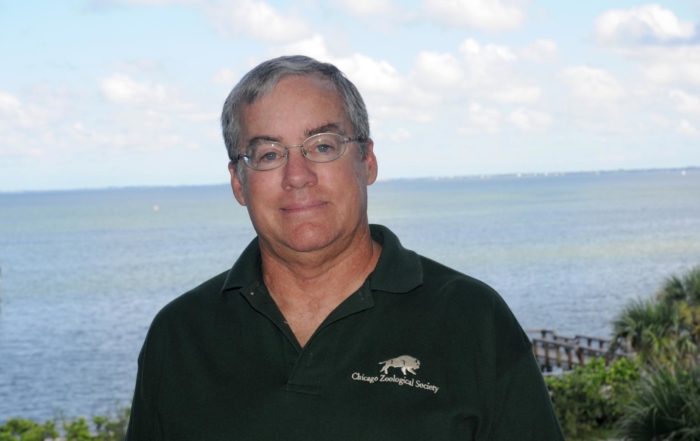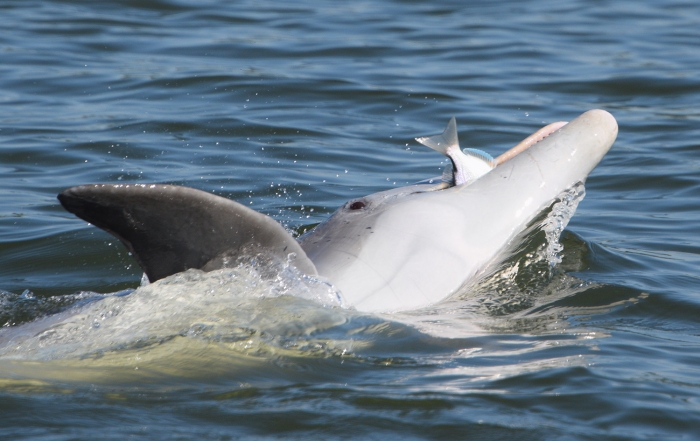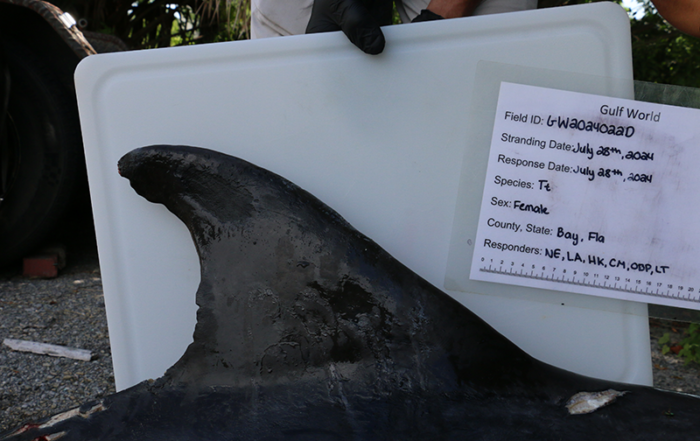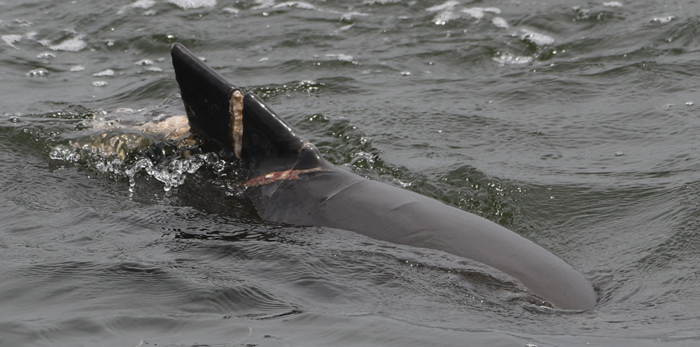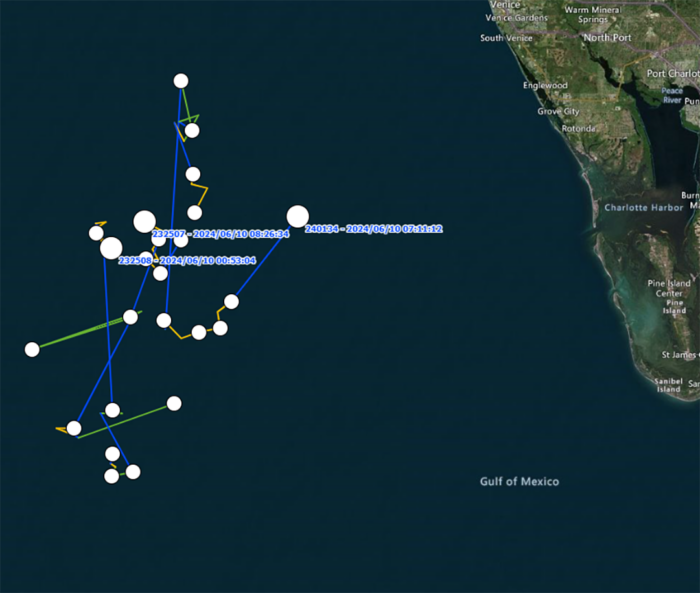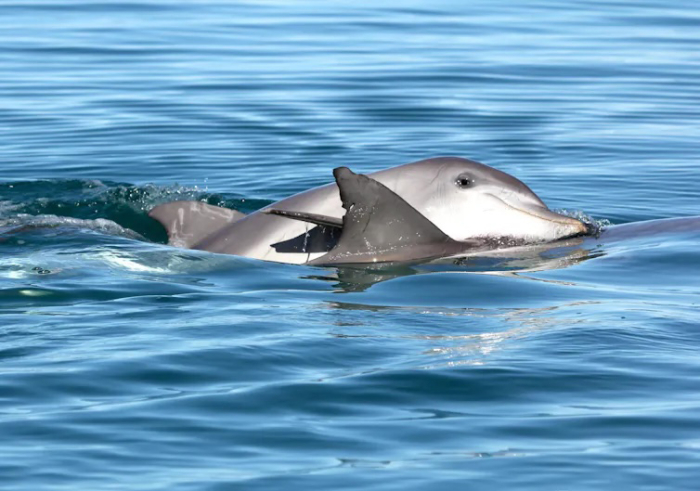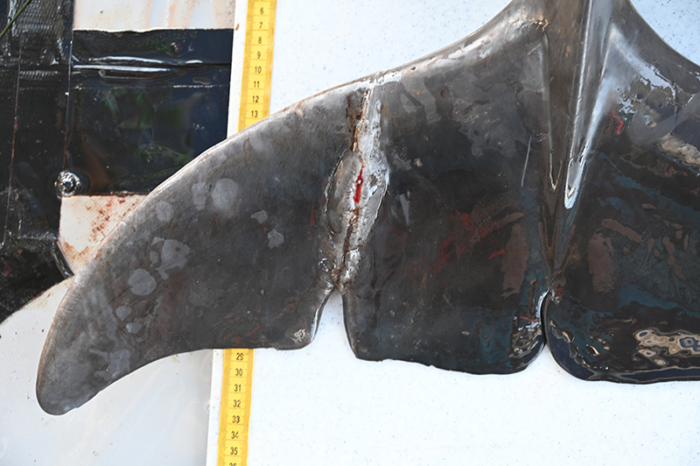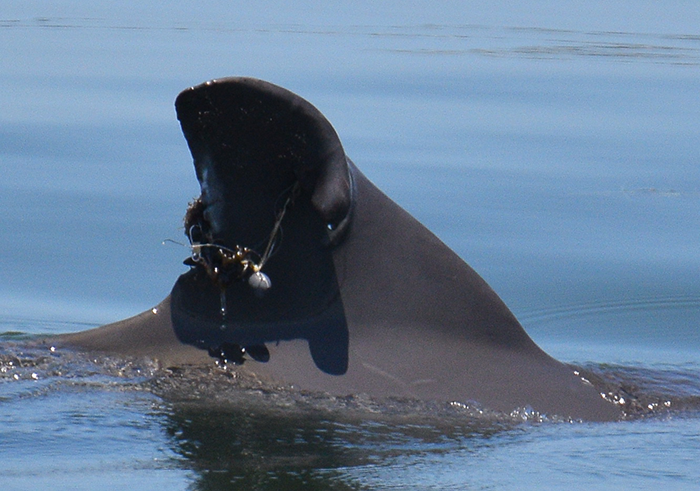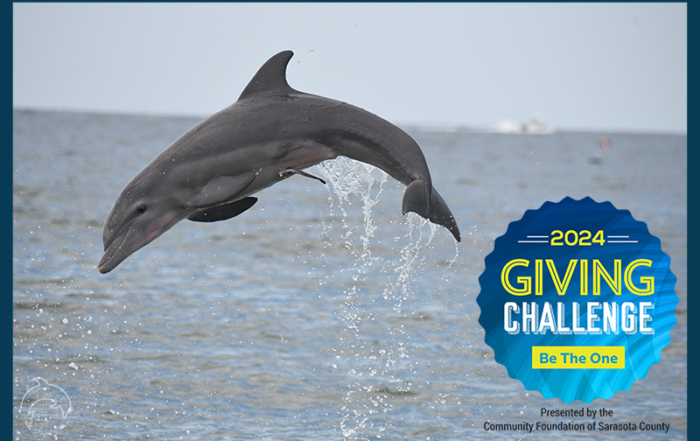
The Sarasota Dolphin Research Program:
Our Approach to Helping Dolphins
Our Approach to Helping Dolphins
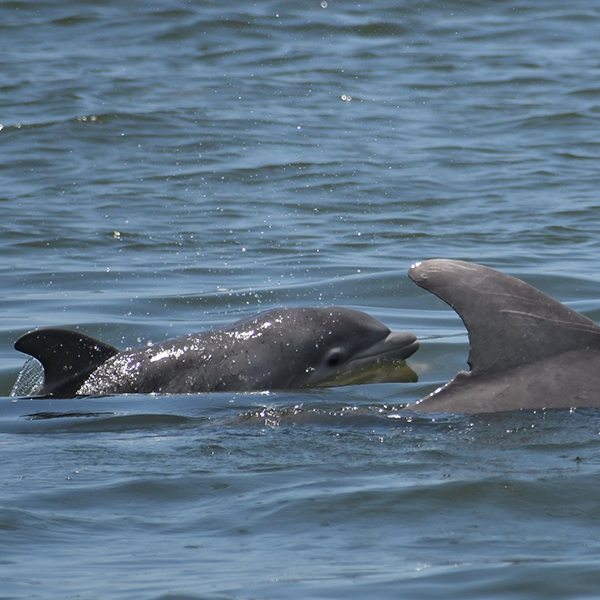
We conduct the longest-running study of a wild dolphin population in the world and have been learning about the daily lives and threats to the dolphins of Sarasota Bay, Florida, since our program began in October 1970.
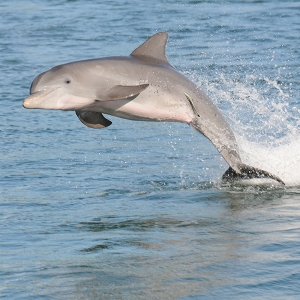
Today, we share our knowledge through national and international collaborations designed to help conserve wild dolphin populations — not just in Florida and in the U.S., but throughout the world.
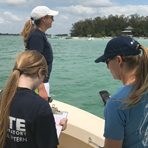
Our goal with every research and conservation project that we undertake locally, nationally and internationally is to contribute to a better understanding of the structure and dynamics of dolphin, whale, and porpoise populations, as well as the natural and human-induced factors that impact them.
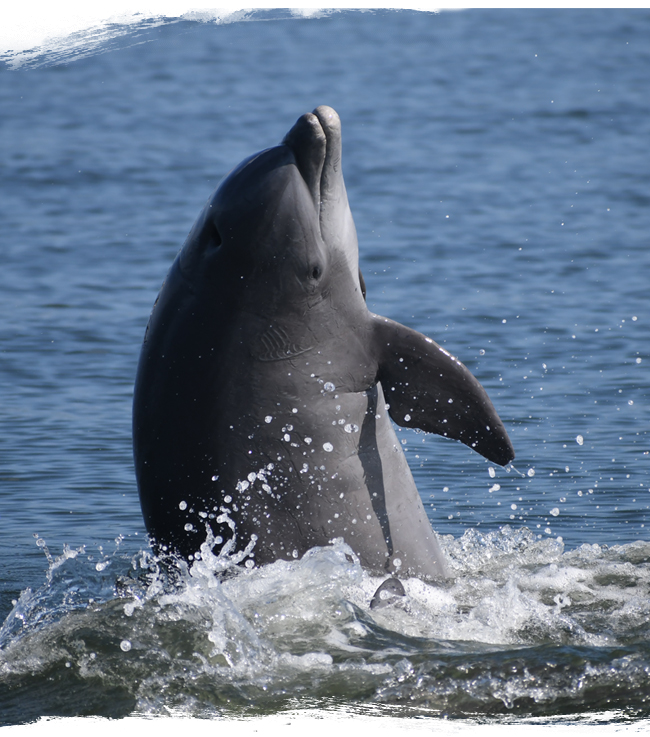
UNCOVERING
THE SECRET LIVES OF
DOLPHINS
We’ve documented six generations of dolphins in Sarasota Bay, including the oldest-known wild dolphin in the world. Nicklo lived to age 67.
50-plus years of study has given us an unparalleled window into the world of wild dolphins. Our home base, Sarasota Bay, Florida, is a unique natural laboratory where we have spent a half-century studying their lives — we know their lineages, their companions, their favorite hangouts and even their eating habits. We’ve borne witness to hundreds of dolphin births and been there to learn what we could from dolphin deaths.
These coastal dolphins are a permanent community — our neighbors — whose lives are helping us to understand dolphin populations throughout the world.
THREATS TO WILD
DOLPHINS
DOLPHINS
As top predators in their environments, dolphins face few natural threats. But locally and worldwide, they face numerous threats from anthropogenic — human induced — causes. One part of our mission is to help educate people like you on how you can help keep wild dolphins safe.
WHERE WE WORK
 Conservation or Research Project
Conservation or Research Project Graduate Student Theses
Graduate Student Theses Consulting/Advising
Consulting/Advising  Dolphin Tracking
Dolphin Tracking
FEATURES
New Dolphin Calves — 2024
Oh Baby! Meet the 2024 Sarasota Bay Dolphin Calves! 2075 is the
Wells Receives Lifetime Achievement Award
SDRP Leader Receives Lifetime Achievement Award We're proud to offer
A Tangled Food Web
Paper Provides New Insights on How Microplastics are Moving From Prey to Predator A new research paper
GoMDIS: Investigating the Life of a Stranded Dolphin
Dolphin ID Catalog Uncovers Life History of Dolphin Recovered on North Florida Beach In July 2024, Gulf
Dolphin F312 Injured by Boat
Boat Collision Injures Sarasota Bay Dolphin In July 2024, members of the public reported a dolphin with
Offshore Research Update
June 2024 Offshore Dolphin Research Update Since 2022, we’ve been conducting health assessments of offshore dolphins to gather
Dolphin Play and Reproduction
Playful Young Male Dolphins in Western Australia Grow Up to Have More Offspring Photo by
Dolphin Rescue: Roy Kent
Fishing Line Cuts Like a Saw — Rescuing "Roy Kent" Starting in February 2024, we made numerous
Dolphin Rescue: 2615
2615 Rescued from Fishing Line Entanglement During our May 2024 dolphin health assessments, we conducted a disentanglement
Dolphin Conservation Takes a Team Effort
Dolphin conservation is a team effort — from working together to understand dolphins and their communities,
